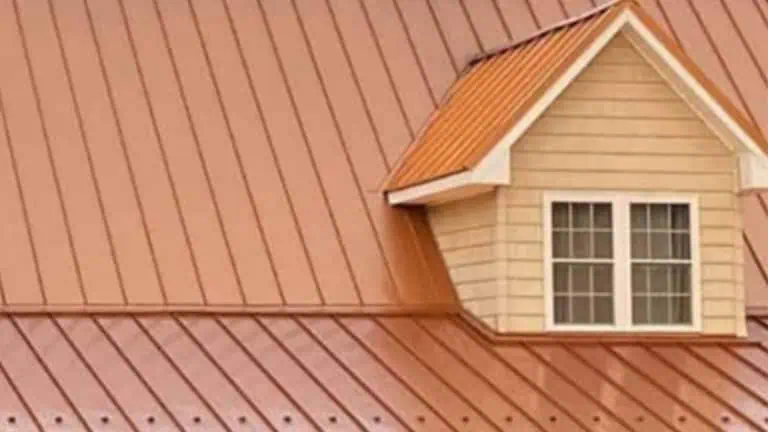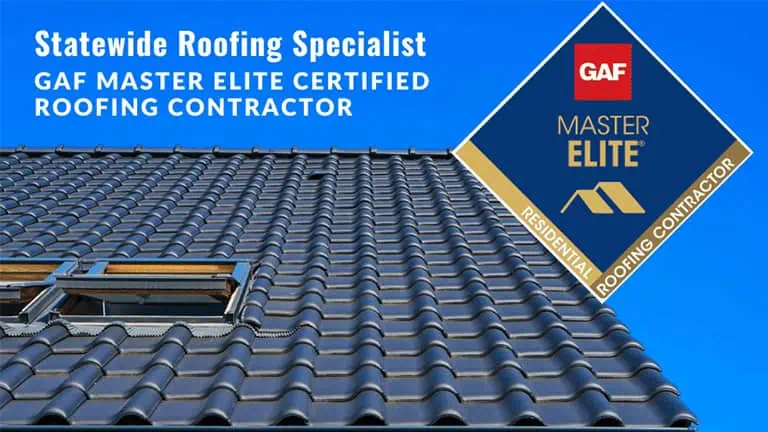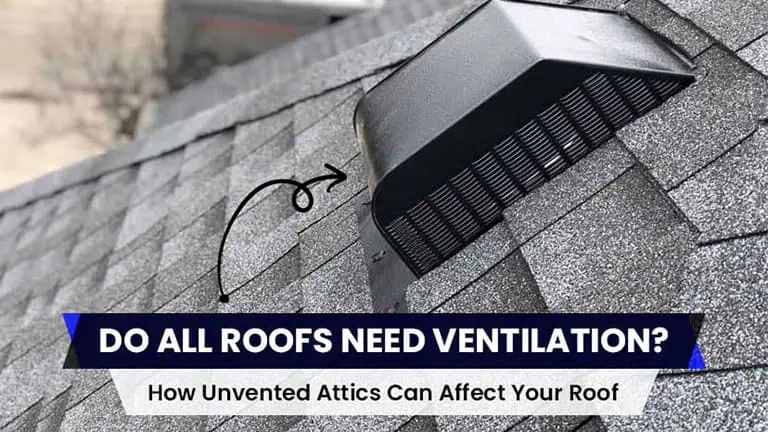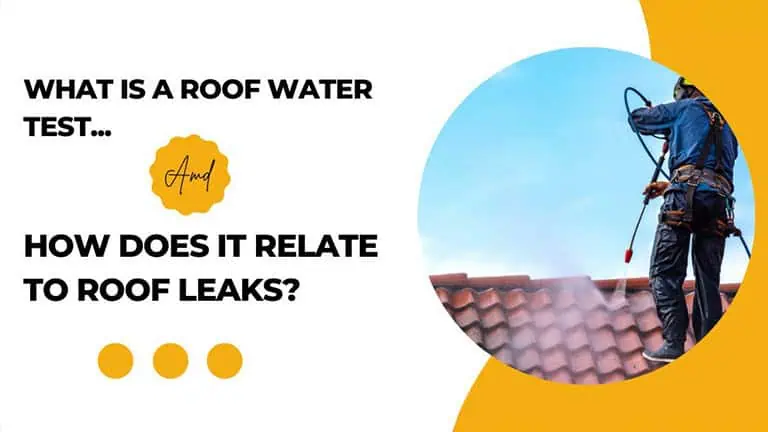
Sit tight if you’ve had a metal roof over your head and didn’t know anything about its types. In this article, we’ll discuss why Copper is the most common metal roofing material for commercial and residential buildings.
Why are Copper Metal Roofs so popular?
Copper is a metal that has been around for thousands of years, and even though it’s often associated with the ancient world, it’s still one of the most popular roofing materials. There are many reasons why copper roofs are so popular:
- Copper is a natural product that doesn’t require painting or other coatings to protect it from the elements.
- Copper is strong and durable, making it ideal for heavy-use areas such as homes and businesses.
- Copper’s thermal expansion coefficient allows it to stretch, preventing cracking or other damage due to temperature changes.
So, what makes Copper so great? Copper roofs can withstand harsh weather conditions and last longer than other materials such as clay or slate. Due to its robustness and endurance to corrosion, copper roofs can last up to 100 years before needing replacement or repair. They have a low thermal conductivity, making them ideal for hot climates where temperatures can quickly rise during summer.
What are the advantages and disadvantages of Copper Roofs?
Copper roofs are not only beautiful, but they also provide several benefits. Copper offers the maximum thermal conductivity of all the other roofing materials. It allows heat to travel through it quickly, making it an excellent choice for homes with high energy costs. Let’s take a brief look at some of copper roof’s pros and cons:
Benefits of Copper Roofs
- Copper is an excellent material for roofing as it is durable, strong, and beautiful.
- You can install Copper roofs over any shingle or tile roof, which makes them ideal for commercial properties and homes with multiple-story structures.
- Copper is fire resistant which means that it will protect your home from damage caused by fire or flames.
- Copper is an excellent choice for people who live in areas where snow or rain is a concern because it can withstand freezing temperatures and high humidity levels.
- Copper roofs are available in various styles and colors, making them an ideal choice for residential and commercial applications.
Copper metal also resists corrosion, making it an excellent choice in areas with a lot of precipitation. - Copper’s strength makes it an ideal choice for roofs that require extra rigidity to withstand heavy weight loads such as snowfall or ice dams.
- Copper roofs are available in various shapes, sizes, and finishes. They can be designed with anodized colors or painted with multiple colors to match your home’s interior décor. Copper roofs come in three types: flat, domed, and ridge-style.
- Copper roofs can also have various colors by applying coatings to the surface. It can be done by using paint or by using an electroplating process which involves dipping the roof into a solution of copper salts and then rinsing it off with water. The process will leave your roof with a natural look that looks hand-painted on the surface.
Drawbacks of Copper Roofs
- Copper is so heavy that it’s not much more economical than other options like aluminum or steel.
- Copper roofs are not very energy efficient because they require more power than traditional asphalt shingles or slate tiles to stay warm during the winter months and cool during the summer months.
- Copper metal can be challenging to install and requires special equipment that may be costly to purchase or rent.
Types of Metal Copper Roof
Copper is, by far, one of the most commonly used materials in construction metal roofing. Copper roofs are a type of metal roofing made from a mixture of Copper and zinc. Copper roofs are available in varying depths and thicknesses. Here is a list of the most commonly used types of Metallic copper roofs:
Copper-zinc composite (CZC)
These are the most common options for copper roofing because they have good performance characteristics and cost less than other options. Although there are no EPA-approved CZCs on the market, many manufacturers make these products available.
Spiral wound Copper (SWC)
SWC is made from rolled sheets of Copper with a spiral wound around them to add strength to the mix. It is often used for commercial roofing applications where extra strength is needed or where aesthetics matter more than cost savings.
Wire
This type of copper roofing consists of sheets of wire mesh attached with solder seams that allow water to drain through them into gutters or downspouts.
Flat Seam Copper Roofing
Flat-seam copper roofing is formed by overlapping metal sheets at right angles (90 degrees), then soldering them together without seams or joints. This creates a smooth surface with no gaps between sheets and no need for sealing them because they are all tightly welded together.
Standing Seam Copper Roofing
This type of copper roofing has a standing seam pattern instead of a flat seam, as flat-seam roofs do. Standing seams create a tighter seal than flat seams because there’s less space between each seam so water can’t get under them as easily; they also look more professional because they’re framed out differently than flat seams.
Flat-Locked and Soldered Roofing
This is also known as Flat Seam Soldered roof or Panel, this type of copper roof is made by pouring molten Copper into molds, which are then cooled and cleaned. The sheeting is then cut to the desired size and shape, flattened, and soldered together with an adhesive.
Batten-Seam Roofing
Batten-seam roofs are the most common type of copper roofing in the United States. They have a flat bottom and a batten (or truss) top that is nailed or screwed to the main roof deck. The battens are then covered with shingles, shakes, or tiles. In addition to being durable, the metal is resistant to fire and rot. The seams where two pieces of the metal meet are called battens.
Horizontal-Seam (Bermuda type) Roofing
The horizontal-seam (Bermuda type) copper roofing is a type of metal roof that features corrugated sheets of steel bent into a pattern to form the gable. These sheets overlap at the top and bottom, creating a continuous pattern. The copper sheeting is then nailed on top of this lower section to create a tight seal with the underlying shingles.
Flat Copper Tile
This type of roof has a smooth surface with no valleys or ridges that would allow water to pool. It’s ideal for areas where there may be moderate snow accumulation because it sheds snow well without becoming clogged with ice and snowflakes. The flat copper style also makes it easier to clean underneath the shingles since they don’t get muddy as quickly as other styles do when they’re covered with wet snowfall. These tiles can be made from Copper or aluminum and have various patterns on them.
Tin-Plated Copper
Tin-Plated Copper is another option for metallic tiles that is less expensive than pure Copper but still looks great.
But there’s one more option you can opt for — Kynar 500 Enamel Coatings.
Kynar 500 Enamel Coatings for Copper Roofs
The Kynar 500 Enamel for Copper Roofs can be used on any metal roofing material, including Copper, brass, and stainless steel. The product has been approved by the International Copper Association (ICA) and is available in various formulas to suit your specific needs.
It is an excellent choice for copper roofs due to its resistance to weathering and corrosion and its resistance to chipping and peeling. It can also be used for other ferrous materials, including stainless steel, aluminum, and zinc.
What should be the thickness of Copper Roofs?
The most common size for copper roofs is 6 inches thick, although some builders will use 10-inch systems. The cost of these systems depends on how much attention you want to pay to maintenance and appearance while installed at your home or business property.
Taking the Right Decision
Statewide Roofing Experts offer a wide range of copper roofing options that can be customized to fit your needs. Our team is ever-ready to help you find the perfect roofing product for your home and business. If the details above are going over your head, call us, and we’ll explain it to you and pocket-savingly.
Call us at (336) 480-1824 today to get a free consultation and inspection. Hurry up; we may have something at discounted rate for you!



